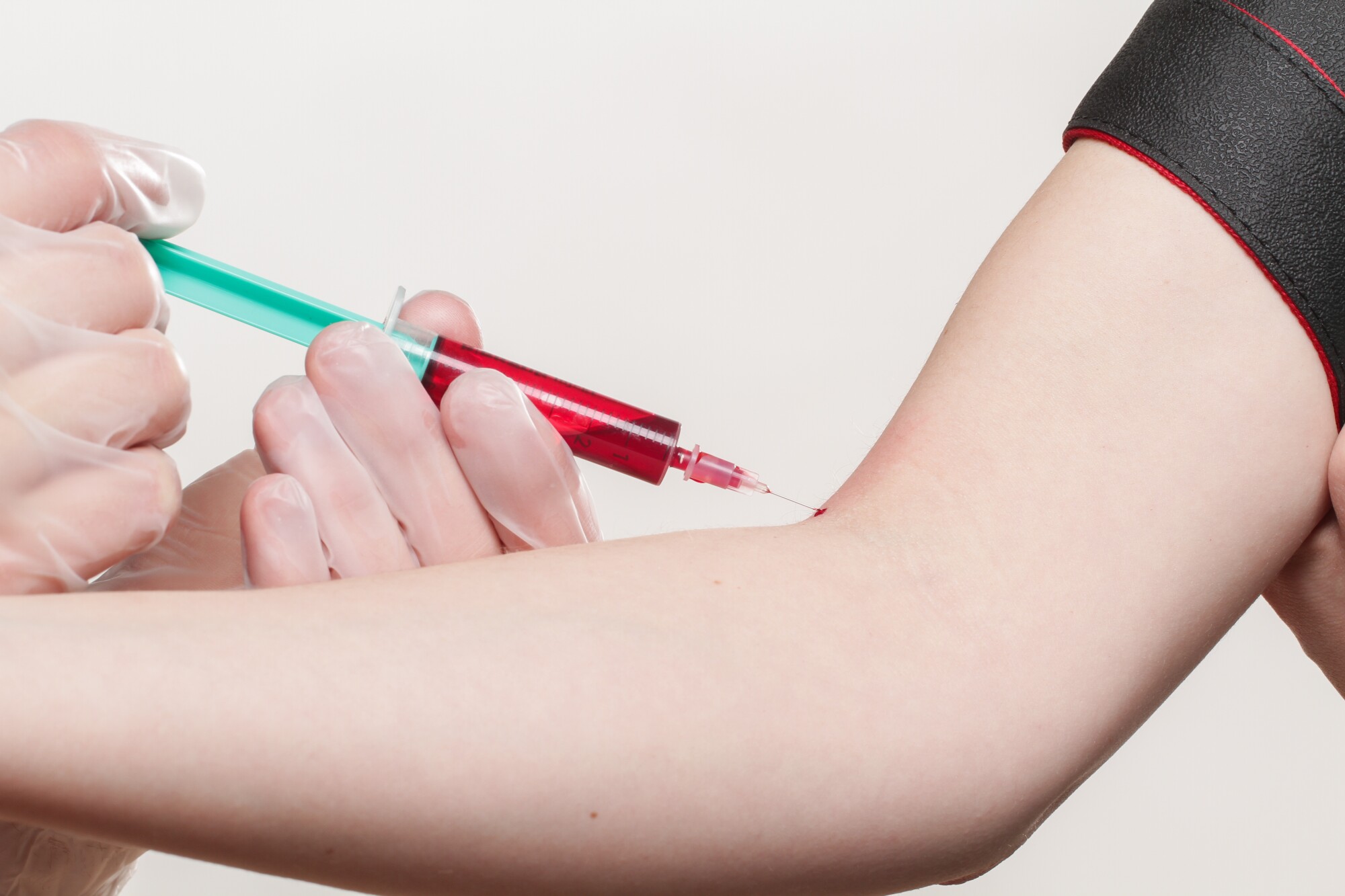The Northeast Medical Institute - New Haven Campus Phlebotomy Course & Cna Class Diaries
The Northeast Medical Institute - New Haven Campus Phlebotomy Course & Cna Class Diaries
Blog Article
The Ultimate Guide To Northeast Medical Institute - New Haven Campus Phlebotomy Course & Cna Class
Table of ContentsHow Northeast Medical Institute - New Haven Campus Phlebotomy Course & Cna Class can Save You Time, Stress, and Money.Some Known Incorrect Statements About Northeast Medical Institute - New Haven Campus Phlebotomy Course & Cna Class The Best Strategy To Use For Northeast Medical Institute - New Haven Campus Phlebotomy Course & Cna ClassThe Ultimate Guide To Northeast Medical Institute - New Haven Campus Phlebotomy Course & Cna ClassFacts About Northeast Medical Institute - New Haven Campus Phlebotomy Course & Cna Class RevealedThe Northeast Medical Institute - New Haven Campus Phlebotomy Course & Cna Class Statements
Nevertheless, the use of such tools ought to be gone along with by other infection avoidance and control methods, and training in their usage. Not all safety tools apply to phlebotomy. Before selecting a safety-engineered device, customers must thoroughly examine readily available tools to identify their appropriate usage, compatibility with existing phlebotomy methods, and efficiency in securing personnel and patients (12, 33).For settings with low sources, cost is a driving factor in purchase of safety-engineered devices. Where safety-engineered gadgets are not readily available, proficient usage of a needle and syringe is acceptable.
Among the important markers of high quality of treatment in phlebotomy is the participation and participation of the person; this is mutually helpful to both the health worker and the individual. Clear details either written or verbal ought to be offered to every individual that goes through phlebotomy. Annex F gives example text for discussing the blood-sampling procedure to an individual. labelling); transportation problems; analysis of outcomes for scientific administration. In an outpatient department or clinic, offer a specialized phlebotomy workstation containing: a tidy surface area with 2 chairs (one for the phlebotomist and the other for the patient); a hand wash basin with soap, running water and paper towels; alcohol hand rub. In the blood-sampling area for an outpatient division or clinic, provide a comfy reclining sofa with an arm rest.
The Single Strategy To Use For Northeast Medical Institute - New Haven Campus Phlebotomy Course & Cna Class
Make sure that the indications for blood sampling are plainly defined, either in a created protocol or in documented directions (e.g. in a laboratory type). In all times, follow the methods for infection prevention and control provided in Table 2.2. Infection avoidance and control techniques. Collect all the devices required for the procedure and location it within secure and easy reach on a tray or cart, making certain that all the things are plainly visible.
Introduce on your own to the patient, and ask the patient to state their complete name. Examine that the lab type matches the individual's identity (i.e. match the client's details with the research laboratory type, to ensure accurate recognition).
Make the client comfy in a supine position (if possible). The person has a right to decline an examination at any type of time before the blood tasting, so it is essential to make certain that the patient has actually understood the procedure - CNA Training.
What Does Northeast Medical Institute - New Haven Campus Phlebotomy Course & Cna Class Mean?
Prolong the individual's arm and inspect the antecubital fossa or lower arm. Find a blood vessel of an excellent dimension that is noticeable, straight and clear. The layout in Area 2.3, reveals usual placements of the vessels, but lots of variants are feasible. The typical cubital vein exists between muscular tissues and is generally one of the most simple to pierce.
DO NOT put the needle where blood vessels are drawing away, due to the fact that this increases the possibility of a haematoma. The blood vessel must show up without applying the tourniquet. Locating the capillary will help in figuring out the proper size of needle. Apply the tourniquet about 45 finger sizes above his comment is here the venepuncture website and re-examine the vein.
Specimens from central lines carry a threat of contamination or wrong lab test results. It is acceptable, however not suitable, to attract blood samplings when first introducing an in-dwelling venous tool, before attaching the cannula to the intravenous liquids.
All about Northeast Medical Institute - New Haven Campus Phlebotomy Course & Cna Class
Enable the location to dry. Failure to enable adequate get in touch with time boosts the danger of contamination. DO NOT touch the cleansed site; particularly, DO NOT place a finger over the blood vessel to lead the shaft of the revealed needle. It the website is touched, repeat the sanitation. Perform venepuncture as follows.
Ask the patient to create a fist so the capillaries are much more famous. Enter the vein quickly at a 30 level angle or much less, and proceed to present the needle along the capillary at the simplest angle of entrance - Phlebotomy Training. Once sufficient blood has been collected, launch the tourniquet BEFORE taking out the needle
The Basic Principles Of Northeast Medical Institute - New Haven Campus Phlebotomy Course & Cna Class
Withdraw the needle delicately and apply mild stress to the website with a tidy gauze or completely dry cotton-wool sphere. Ask the individual to hold the gauze or cotton woollen in area, with the arm expanded and increased. Ask the patient NOT to flex the arm, since doing so creates a haematoma.

Things about Northeast Medical Institute - New Haven Campus Phlebotomy Course & Cna Class
Where feasible, keep the tubes in a shelf and relocate the shelf in the direction of you - https://slides.com/northeastmed. If the sample tube does not have a rubber stopper, infuse exceptionally gradually right into the tube as decreasing the pressure and rate made use of to move the sampling minimizes the threat of haemolysis.

Report this page